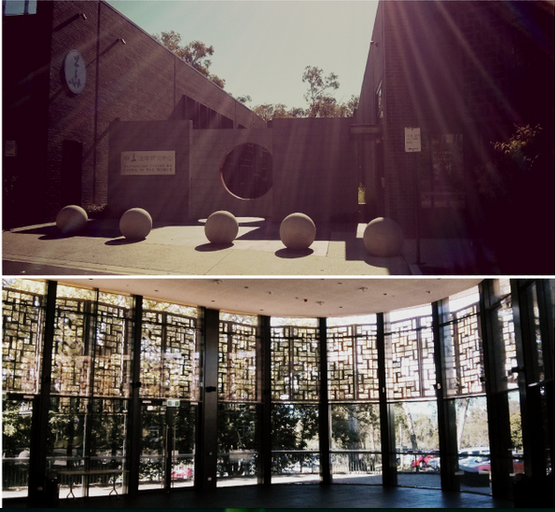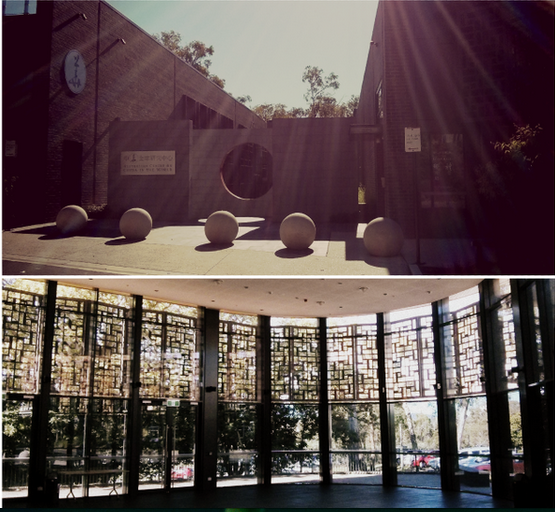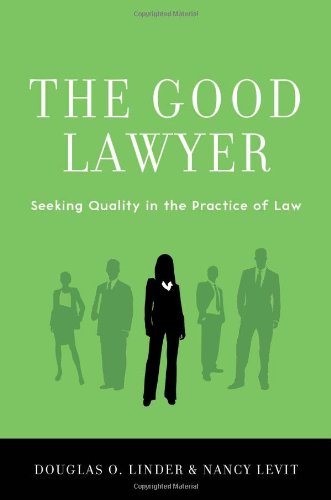I was lucky to be part of an invigorating panel discussion hosted by The Australian recently, as part of their Legal Week initiative. I joined two colleagues, our Dean, Professor George Williams, and Associate Professor Michael Legg, as well as Gilbert+Tobin lawyer, Sam Nickless.
It was a wide, free-flowing discussion of the current and future changes to the profession, what Williams called ‘a once-in-a-century process of disruption in the legal market’, and the meanings these have for practice and for legal education. I thought I’d share here some of the main changes discussed and their significance for legal education and the law school.
The Changes:
1. Automation of legal services and its integration with services delivered by people.
2. The possibility for technology to increase access to justice.
2. Unbundling of legal services and flexible, ad hoc and assorted teams brought together for certain projects.
3. Professional ethics centred less and less in the profession and professional association and more in organisations and even the mode of legal service delivery itself.
4. Ethics of introducing new technology to clients or helping them with their artificial intelligence.
5. The globalisation of law – where clients, for instance, are from other jurisdictions.
6. The changes to law firms and their business arrangements, specialisations and recruitment practices, including firms coming from overseas to recruit UNSW Law (or Australian) students.
7. Cross-border disputes and the extent to which Australian courts can remain forums for litigation.
What They Mean for Legal Education and the Law School:
1. Urgent need to answer questions about the value that a person adds as a lawyer.
2. Law schools may need to focus on the ‘professional’ things computers can’t do (or can’t do as well): certain forms of problem solving and analysis, integrity, ethics, professional relationships, creativity and imagination.
3. Law combined with computer science, maths or engineering will add to classic combinations.
4. All law students must understand technology (coding and programming, for instance) regardless of their other degree.
5. Law students must develop capacities in team work and project management.
6. Law students need to be able to identify and address ethics and accountability issues in a range of contexts, when working with external lawyers, non-lawyer professionals and, crucially, with technology.
7. Law students need to understand not just other, non-Australian legal systems but also the cultures in which law operates.
8. Law schools need to help their students appreciate the range of different firms in Australia and the region in making their career decisions.
Without wanting to sound too home-team-y, we’re already doing some pretty fabulous stuff at UNSW Law to support each of these and, through a mini curriculum review, we’re about to do a whole lot more.
(The full video and an edited transcript of the discussion is here.)









Recent Comments